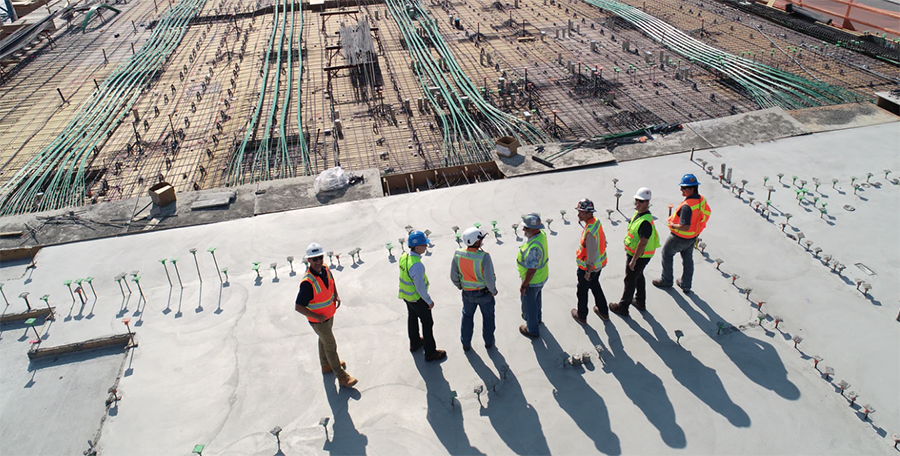
Maryland often enjoys warm weather through the fall, making it possible for us to find new ways to enjoy the outdoors — a welcome respite following the restrictions imposed by the COVID-19 public health emergency. Higher temperatures pose serious health concerns, however, for those who work outdoors, especially when personal protective equipment is requirement. Those who work outdoors or in hot environments face an elevated risk of:
- Heat stress and related injuries.
- Workplace accidents including burns from touching hot surfaces, slips and falls caused by sweaty hands that fail to grip handrails, and obscured vision caused by foggy protective eyewear.
- Occupational illnesses such as heat stroke, fainting, exhaustion and cramps.
Heat Stress v. Heat Strain
When it comes to workers’ compensation cases, “heat stress” results from a combination of a worker’s exposure to heat from the environment, physical activity, and clothing that traps body heat—collectively known as the “net heat load.” When a worker is under heat stress, their body works hard to keep their rising core body temperature within healthy limits—a physiological response that produces “heat strain.” Mitigating factors to net heat load and the resulting heat strain include hydration, humidity, air temperature, direct sunlight, protective clothing and other equipment, and other factors related to individual health.
Construction Workers Face Greatest Risk
While all outdoor workers are at risk for heat-related injury, construction workers face some of the greatest risk. Not only is the work intense, causing the body to work hard to modulate core temperature, construction workers often must work in direct sun during the hottest times of the day, or in crawl spaces and attics where there is no climate control. Some construction jobs, such as paving, roofing and welding, require proximity to sources of extreme heat. In fact, according to the CDC, of all the deaths in the U.S. caused my heat-related illness and injury, more than a third of those occurred within the construction industry.
Can Masks Effect Heat Strain?
Helpful though they may be in preventing or slowing the spread of coronavirus, wearing masks may exacerbate the risk of heat-related injury for some who work outdoors or in hot environments.
- Masks can cause “breathing resistance.” Some individuals experience a shortness of breath and over-activation of respiratory muscles while wearing a mask, both of which can cause more extreme heat strain as the body works to modulate temperature.
- Certain masks increase discomfort. Some research suggests that certain face masks, including N95 masks, can increase wearer discomfort and increase their response to heat exposure by increasing thermal temperature around the nose, mouth and cheeks—causing breathing resistance and heart rate.
- It can be more difficult to spot the signs of heat illness in someone who is wearing a mask. Telltale signs like excessive sweating, rash, slurred speech or confusion can quite literally be “masked” when most of the wearer’s face is obscured.
Keeping Your Workforce Healthy
If you’re an employer whose workers must work outdoors this summer and fall, here’s the minimum you should be doing to protect them:
- Schedule jobs very early in the morning.
- Regulate temperatures when you can or provide air-conditioned rest areas.
- Provide cold drinking water with disposable cups
- Encourage frequent hydration breaks.
- Expand the number of workers on your crews to allow workers to rest and cool off more often.
- Use staggered schedules to reduce the number of workers on a site at a time
- Allow workers to remove their mask and other protective equipment when safely distanced from one another.
- Limit new workers’ time working in the heat and monitor experienced workers’ exposure.
- Create a heat alert, education and training program.
- Have procedures in place to respond to potential injuries.
- Encourage a buddy system so workers can report if their partner appears to be experiencing heat-related illness.
- Provide a supply of masks so workers can change them frequently. Sweat-soaked masks can make it even more difficult to breathe.
Placing a priority on safety and taking appropriate precautions will go a long way toward keeping those who must work outdoors or in hot environments safe while complying with OSHA guidelines for reducing COVID-19 exposure in the workplace.

